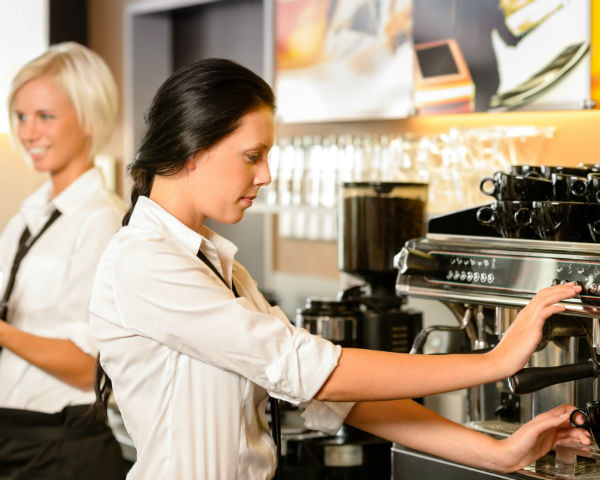How The Coffee Break Is Making A Comeback
Not too long ago, walking into a coffee shop entailed dreadful periods of waiting. You'd linger, hoping that someone would finish his or her tasks and open up a seat in the room that was filled to maximum capacity by strangers, all sitting alone and interacting only with their work. But coffee breaks and cafés were not always treated as second offices.
As Daily Mail writer Philip Nolan stated, "We saw it reflected in the lifestyles of our TV favorites, the Friends gang in Central Perk drinking coffee instead of alcohol." Coffee acts as a social lubricant while the coffee shop atmosphere provides the ideal place for prime people-watching. The term "coffee break" was originally ascribed in the 19th century to a routine social gathering for a snack and short downtime practiced by employees in business and industry after the first third of their work days.
Cris C., an avid user of Yelp.com, says Blue Bottle Coffee in New York City's Chelsea neighborhood "resembles a modern art gallery and the employees look like young, fresh artists." Coffee shops around New York City like Blue Bottle Coffee in Chelsea, Kaffe 1668 in TriBeCa, Joe Coffee in the West Village, and Toby's Estate in Williamsburg, to name a few, are directing clientele attention away from smartphones and laptops to the process of coffee creation: the art of coffee.
Such efforts made by these pioneers and others transcend the simple banning of free Wi-Fi and electrical outlets to increase turnover rates. While larger coffee franchises serve the morning rush with commercial espresso machines, these smaller artisanal coffee shops transform a simple service into an elaborate performance by using methods such as hand-drip and French press.
